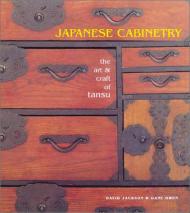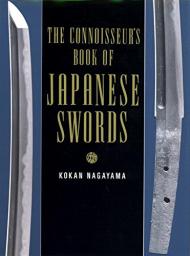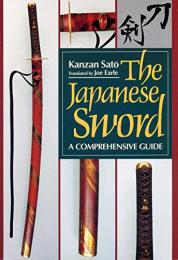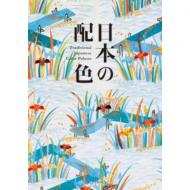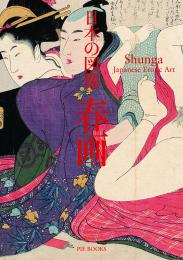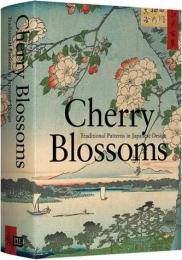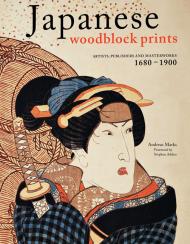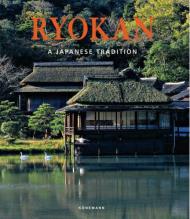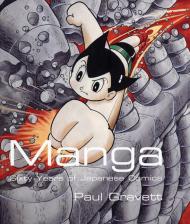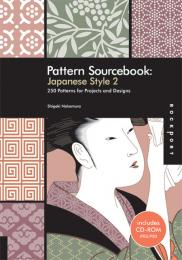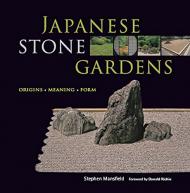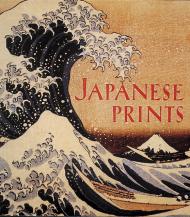Recently Japanese swords have gained enormous popularity as art objects with collectors and enthusiasts around the world, but until now much of the most detailed information on the subject has been available only in Japanese. This comprehensive guide to the appreciation and appraisal of the blades of Japanese swords provides, at last, all the background that readers need to become true connoisseurs.
The book is organized along historical lines for the sake of clarity and convenience, and its approach is always practical. Broad discussions of each tradition within the Gokaden focus on the features that distinguish specific schools and smiths - the various kinds of jihada, hamon, boshi, and hataraki favored in different periods and regions - making this an invaluable reference tool for all enthusiasts, especially those who wish to take part in kantei-kai, or sword appreciation meetings. Each section closes with an easy reference chart summarizing the distinctive features of the work of various schools and smiths.
The chapter on terminology gives advice on what to look for when examining the different parts of a blade, again making reference to the unique features of particularly significant smiths. The chapter on care and appraisal of blades tells precisely how to handle blades and what to expect at a sword appraisal meeting, including an explanation of all the various responses that a judge may give in response to a bid.
Richly illustrated throughout with more than 550 of the author's own painstaking oshigata illustrations - sword tracings onto which details are penciled in by hand - THE CONNOISSEUR’S BOOK OF JAPANESE SWORDS is easily the most informative and comprehensive guide to the blades of Japanese swords ever to appear in English.
Kokan Nagayama, who is widely recognized as one of the foremost living sword polishers, compiled the notes for this book over the course of many years spent teaching the arts of polishing and appraisal.
Nagayama-sensei is widely recognized as one of the foremost living sword polishers and is a veteran teacher of both polishing and appraisal. Here in one accessible volume he distills the store of knowledge he has gained over a lifetime of intensive research.
From the Back Cover:
"Nagayama-sensei and his senior pupils have for many years now taken an enlightened approach to study of Japanese swords outside of Japan. They have been of great assistance to collectors here in Great Britain and in other countries, traveling and living abroad, organizing exhibitions, teaching us and polishing our swords, always in an altruistic spirit. This translation is another example of this same approach. In the past we have often struggled on our own or in small groups to gain an understanding of this peculiarly Japanese cultural asset, and with many of the definitive books on the subject still untranslated, a wealth of information has in the past been inaccessible to the non-Japanese reader. THE CONNOISSEUR’S BOOK OF JAPANESE SWORDS will be of great help in making educated judgments at kantei sessions, and will be an invaluable and constant reference work." - From the Foreword by Clive Sinclaire, Chairman of the Token Society of Great Britain.
____________
Пролистать книгу The Connoisseur`s Book of Japanese Swords на Google Books.
